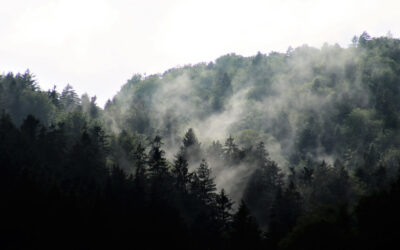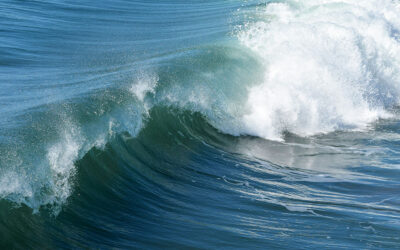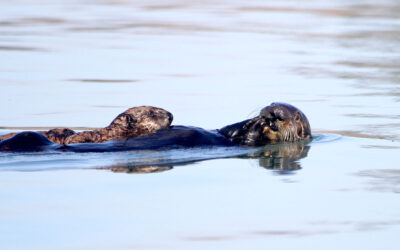What image comes to mind when you think of climate change? Type “climate change” into a Google image search and you’ll get a narrow set of recognizable but hackneyed images: parched earth, disembodied hands cupping globes, polar bears, smokestacks, melting ice caps.

“Ramping up production at Balcombe’s new power plant” as shown in the Climate Visual gallery, available under Creative Commons 2.0 License. Research suggests that showing people interacting with climate solutions is more effective than the solutions on their own, by 10:10
Considering the complex and global nature of the issue, a very limited set of images has come to represent climate change in the public discourse. In an article published in WIREs Climate Change, the authors comprehensively review the academic literature on the images used to represent climate change. There are several striking and problematic features of typical climate imagery from the perspective of engaging with wider audiences. Most notably, there is an absence of human stories – those that show ordinary and relatable humans engaging with the issue of climate change.
A second finding shows in an increasingly digital world, the academic literature has not caught up. Rapid and significant shifts in the way images are communicated and consumed in digital media have led to changes in the way climate change is portrayed, and yet reviews tend to focus only on print media, when there is a thriving media landscape that is largely overlooked. By summarizing climate imagery in the digital media landscape (in digital news, social media, art, and in moving pictures: video and visualizations), the authors compare how images are being used, with what research suggests works to motivate the public.
In particular, several of the authors are involved in an initiative called “Climate Visuals”, which is based on a wider body of theoretical work in climate communication, and is included in the paper as a useful framework for practitioners.

“Women test a solar cooker in India – 2009” by UN Photo as shown in Climate Visuals gallery here, available under Creative Commons Attribution-NonCommercial-NoDerivs 2.0 Generic (CC BY-NC-ND 2.0) license. When images told an interesting story, people want to know more about what they show – this image shows women in India learning how to use a solar cooker to replace conventional fuels.
The increasingly image-focused digital landscape signals that images of climate change have a pivotal role in public engagement, both now, and in future.
In their research article, the authors demonstrate both the necessity and utility of evidence-based research on climate communication, particularly in the understudied area of climate imagery.
Human beings and our reactions are complex, and so too is the task of conveying the richness and multiplicities of climate change and its solutions. This paper summarizes climate imagery in the digital media landscape, the way NGOs, governments and individuals are beginning to alter the issue in the public imagination, and the growing body of work that is paving the way towards more effective visual communication of climate change.
Kindly contributed by Susie Wang.
















